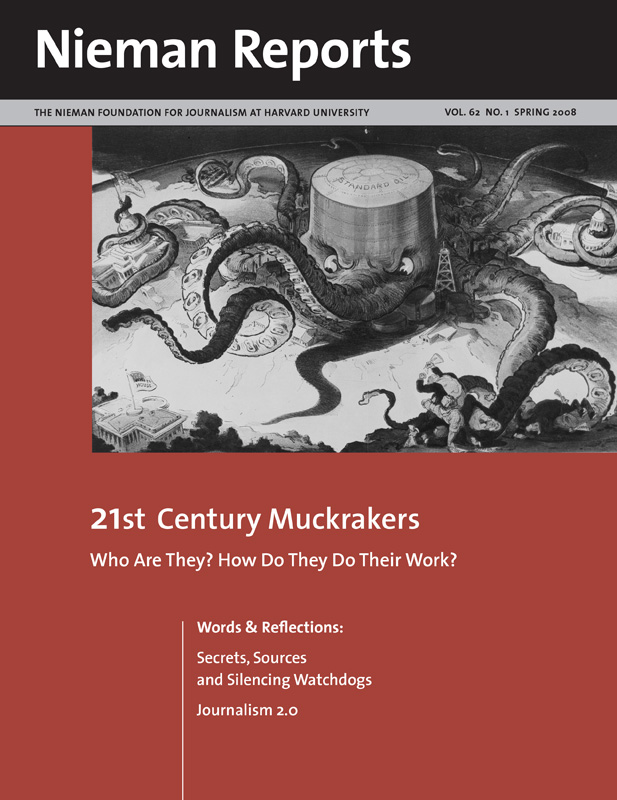As a nonprofit, nonpartisan organization, the fund operates frugally so it can give out as many grants as possible. Its 12-member board of directors, composed of distinguished working journalists who serve without compensation, meets several times a year to weigh grant proposals. Frugality is a necessity, since the fund accepts no money from corporations, labor unions, special interest groups, or governmental agencies. Most of its funding comes from foundations and individual contributors.
RELATED ARTICLE
“When a Few Dollars Make a Big Difference”
– John Hyde rants, ranging from $500 to $10,000, are awarded to U.S. and foreign journalists, and projects in all media are considered, including newspapers, magazines, broadcast, books and the Internet. Applicants state in a letter what they propose to investigate and how they intend to go about it. They also submit their resumé, a budget for the project, a sample of published work, and a “letter of interest” from an editor or producer stating that if the finished product meets their editorial standards, they will consider using it.
Half of the grant is given at the start and half when the project is completed. Other than this financial assistance, the fund exerts no editorial control over the project, nor does it monitor how the grant money is used. Its interest is in good journalism, not reviewing expense reports. The fund does not offer scholarships or training programs. Its sole purpose is to promote tough, honest investigative journalism by putting money into the hands of reporters eager to shine light into dark places. And, in that respect, it is often the only game in town.
RELATED ARTICLE
“When a Few Dollars Make a Big Difference”
– John Hyde rants, ranging from $500 to $10,000, are awarded to U.S. and foreign journalists, and projects in all media are considered, including newspapers, magazines, broadcast, books and the Internet. Applicants state in a letter what they propose to investigate and how they intend to go about it. They also submit their resumé, a budget for the project, a sample of published work, and a “letter of interest” from an editor or producer stating that if the finished product meets their editorial standards, they will consider using it.
Half of the grant is given at the start and half when the project is completed. Other than this financial assistance, the fund exerts no editorial control over the project, nor does it monitor how the grant money is used. Its interest is in good journalism, not reviewing expense reports. The fund does not offer scholarships or training programs. Its sole purpose is to promote tough, honest investigative journalism by putting money into the hands of reporters eager to shine light into dark places. And, in that respect, it is often the only game in town.



